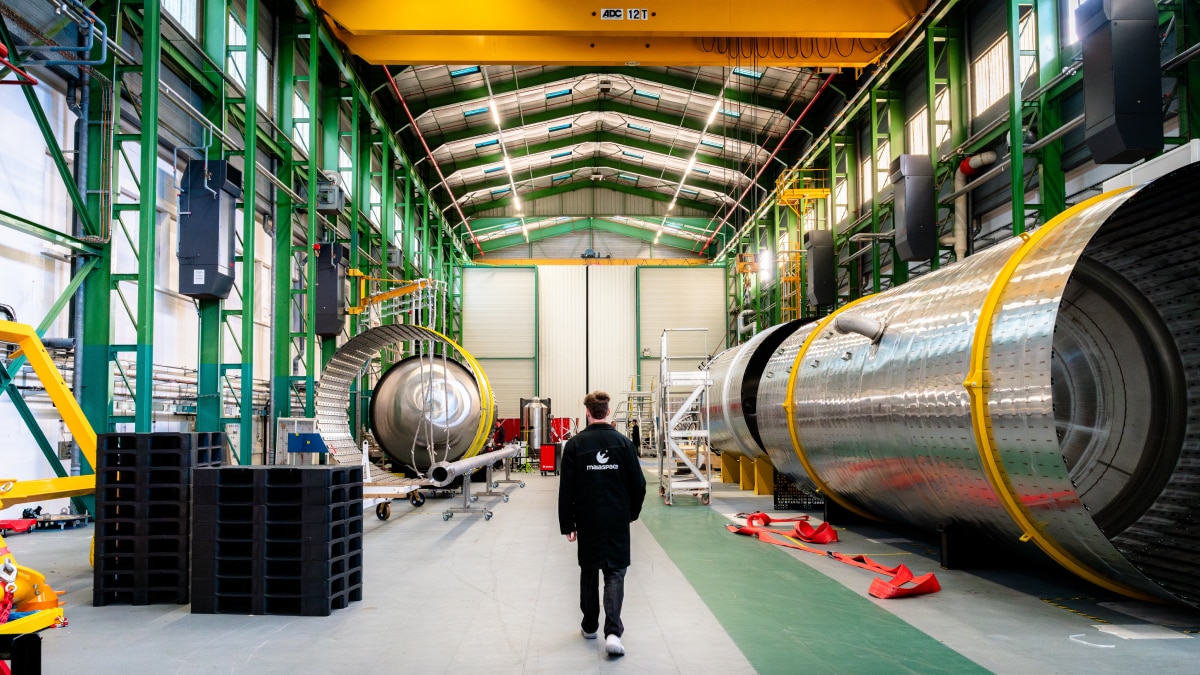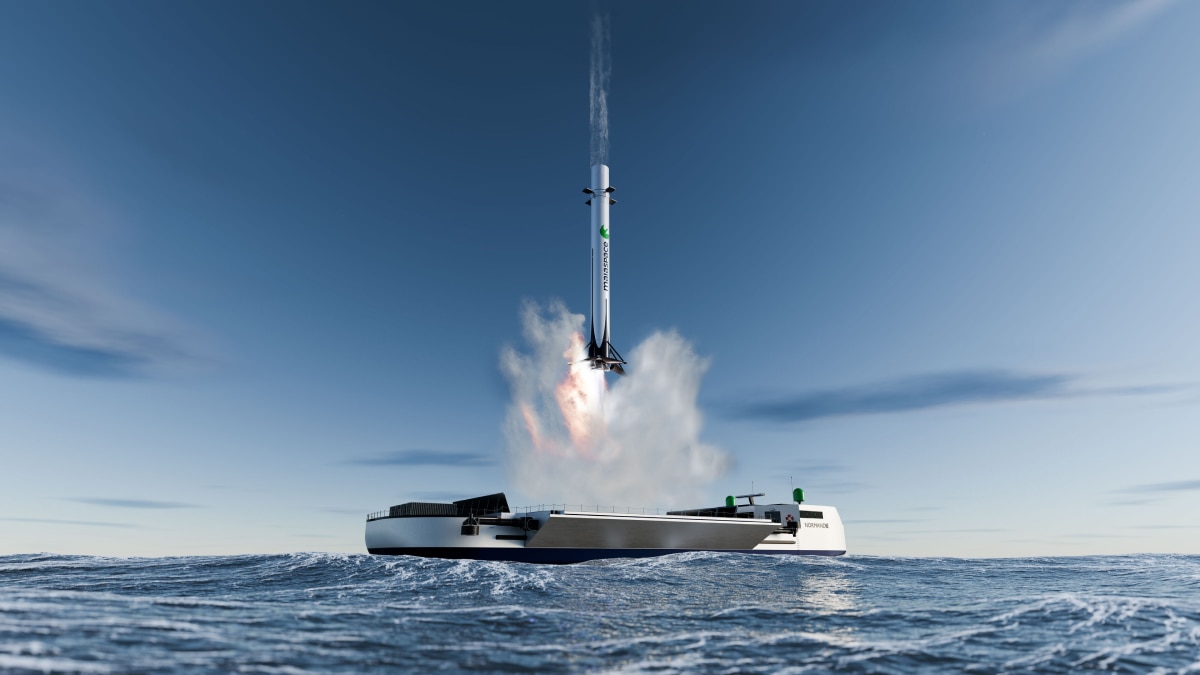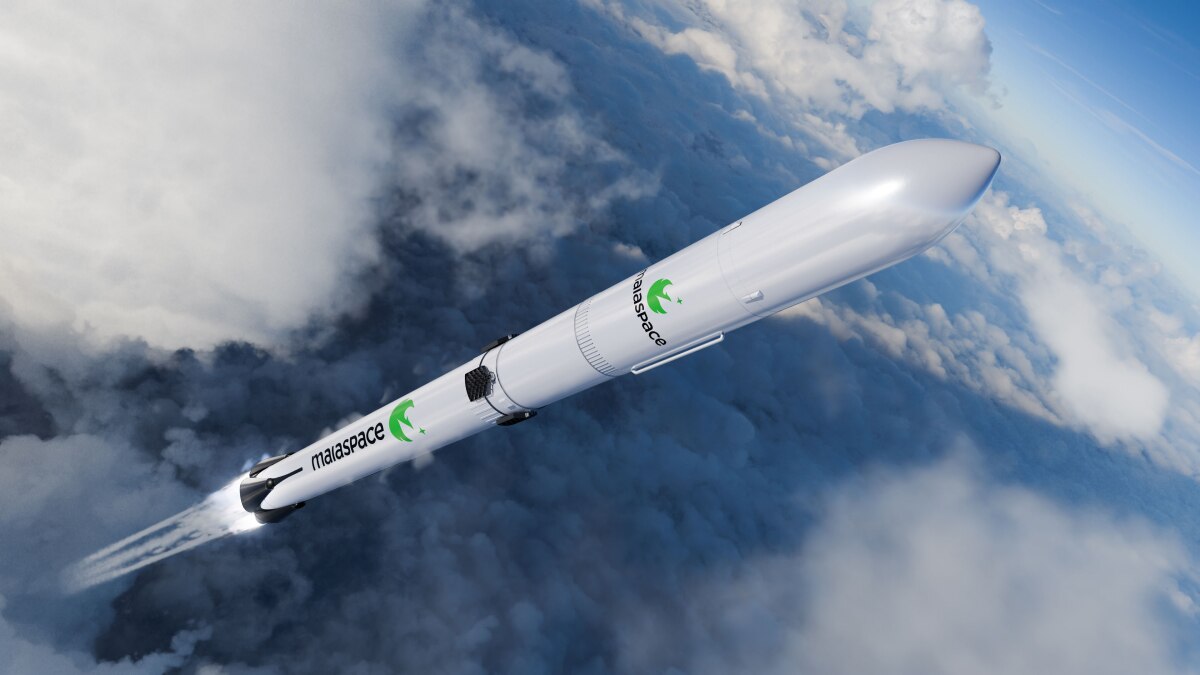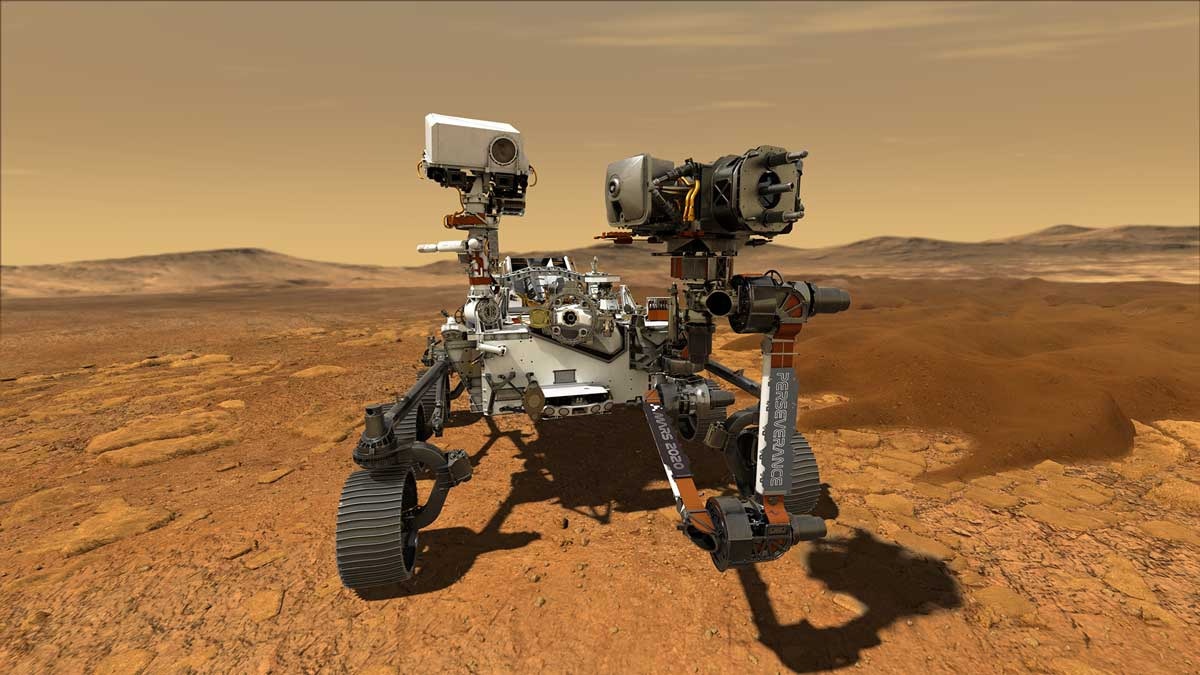MaiaSpace boosts rocket launch revolution with AMD EPYC™ CPUs
Double the simulation performance for rocket launcher development with lower carbon impact by running on Qarnot Cloud HPC servers powered by AMD EPYC CPUs
The space race is heating up again, except this time the organizations revolutionizing launch technology are commercial. In Europe, one of the leading private-funded companies aiming to provide more sustainable and affordable routes into orbit is MaiaSpace. Optimizing efficiency is greatly enhanced by computing power, which also needs to be sustainable. Qarnot Computing cloud HPC infrastructure powered by AMD EPYC CPUs delivered the performance and environmental benefits MaiaSpace required to achieve its goals.
“MaiaSpace is a young company, created in April 2022,” says Raphaël Chevrier, Head of Public Relations, MaiaSpace. “We have ambitious goals to design, manufacture, commercialize, and operate competitive, more sustainable solutions for space launches. We are building a two-stage rocket, 50 meters tall, and it's available in expendable and reusable versions. The reusable version means we recover the first stage on a barge at sea. This is the first time that Europe is doing that.” MaiaSpace will be launching its rockets from the Guiana Space Center in Kourou, from where European Ariane rockets also launch.
“To achieve our goals, we need to move fast,” says Chevrier. “We aim to develop this rocket in four years, targeting a first launch in 2026. We also need to drastically decrease costs. We are developing a small rocket with 10 times lower liftoff capacity than a heavy launcher. But economies of scale are not in favor of small launchers. We would not be 10 times cheaper if we were to develop the launcher with the traditional methods. But our price per kilo put into orbit needs to be as competitive as a heavy launcher to succeed on the global market.”

Rapid development towards 2026 first launch
“To decrease our costs, we deploy an agile and iterative approach,” says Chevrier. “We build prototypes early, test them, learn, and iterate.”In parallel, MaiaSpace uses the Prometheus® engine, in development since 2015 and procured at commercial conditions from ArianeGroup, Europe’s leading launcher company. This saves time because there is no need to develop a bespoke motor. “We implement high thrust engine and reusability technologies that can be implemented on launchers of larger capacity. This means MaiaSpace could scale up its technology more easily in the future.”
MaiaSpace’s rapid development necessitates the fastest computing performance. “To develop our rocket as cheaply as possible, we need to conduct many computational studies of mechanics and fluids,” says Yohan Blacodon, CFD Engineer, MaiaSpace. “We are building a very complex system, so we need very large high-powered computers. We use multi-physics software called Converge CFD to do all the simulations in one application. The challenge is managing a very large domain because our launcher is 50 meters high. We were looking for HPC infrastructure to support this software, which is where we came across the Qarnot solution. At the beginning we were using processors from another vendor, but Qarnot proposed that we switch to AMD EPYC CPUs.”
In partnership with Qarnot, MaiaSpace has been running its simulations on 21 servers, with six more due to be rolled out in 2025, all powered by 4th Gen AMD EPYC 9654P processors backed by 512GB of memory. This delivered twice the performance with half as many servers as the company’s previous cluster. “Now we see a very good improvement in the time taken to run simulations and especially very important models involving huge volumes within cryogenic tanks,” says Blacodon. “AMD has improved the number of simulations we can run in a week. When we run a highly complex physical simulation, the improvement is huge. We can do things we could not do before due to the cost. Now it is possible with AMD EPYC processors. This will help us manage the objective of launching in 2026.”

Faster simulation iteration
“Fast iteration is very important,” says Blacodon. “We test a lot at MaiaSpace. We are exploring different things, because the design of our rocket is so innovative. We are using advanced technologies that previously did not exist, so we need to explore those new technologies numerically. With Qarnot Cloud HPC infrastructure powered by AMD EPYC CPUs, we can compare simulations very quickly to find the best choices for the first launch.”
“MaiaSpace has found the optimal balance between simulation and testing,” says Chevrier. “This is allowing us to learn faster in a very cost-effective way. We intend to do 20 launches a year by 2031. We target one market segment with the reusable version, which has a lower liftoff capacity, and another market segment with larger payloads using the expendable version. This gives us great versatility and expands the market share that we can address for the minimum development costs, from zero to four tons in earth orbits.”
Ease of management was another feature MaiaSpace was looking for in its infrastructure, which Qarnot facilitated. “All the software installation and management are performed by Qarnot,” says Blacodon. “They are very quick to solve problems. The migration of our software from our previous solution to Qarnot was very fast and efficient.”

Lower carbon footprint with AMD EPYC CPUs
Qarnot’s implementation of AMD EPYC CPUs has also helped MaiaSpace’s carbon footprint. “We want to minimize the energy cost to design our launcher. We use a partly wind-powered boat to carry our launcher to Kourou and liquid bio-sourced methane propellant to reduce the impact on the environment. We want to minimize the carbon footprint of our computing as well. Qarnot’s innovative solution captures the heat from the servers to produce hot water that warms a warehouse and a spa. We reviewed our carbon impact in the last nine months of 2024, since we started to collaborate with Qarnot in March. It helped save 16 tons of CO₂.” This equated to an 82.3 percent saving in CO2 emissions compared to a typical European data center with a PUE of 1.6.
“Sustainability is very important for our project,” explains Chevrier. “Developing the most environmentally responsible launcher on the market today will be a commercial asset. Customers will want to select launch service providers like us based on their environmental performance as well as cost, because they are incentivized by public opinion and regulations. It’s a competitive advantage to tackle environmental issues right now, because it’s harder to turn back if you don’t.”
“The AMD solution fulfilled our requirement for more computing capacity,” says Blacodon. “We knew that we needed to improve the performance of our processors. This is why we chose the AMD solution, and we have no regrets. We gained time to do more complex simulations and that's perfect for our goals. AMD recently launched a 192-core processor which could be very interesting. We are now considering extending the Qarnot platform to other software, particularly mechanical simulations.” The company plans to use at least 10 more servers in the future. “Now, we are replacing our existing systems from other vendors with AMD EPYC CPUs, because we know they are more efficient. We are very satisfied with AMD EPYC processors.”

About the Customer
MaiaSpace is space company developing the first reuseable and eco-designed mini-launcher in Europe. The Maia launcher aims to provide competitive and flexible access to space for small satellites. MaiaSpace targets applications like Earth observation and telecommunications, addressing the growing small satellite market. The company’s focus on reusability prioritizes cost reduction and environmental sustainability. Beyond launches, MaiaSpace explores space technologies to address global challenges like the digital divide and climate change. For more information visit maia-space.com.
Case Study Profile
- Industry:
Rocket launch systems - Challenges:
Short development cycles for innovative rocket launch system required highest performance infrastructure with lowest carbon footprint - Solution:
Qarnot Computing infrastructure powered by 4th Gen AMD EPYC™ 9654P CPUs with 512GB of RAM - Results:
Doubled CFD simulation speed with half as many servers and 82.3 percent saving in carbon emissions compared to typical 1.6 PUE European data center, saving 16 tons of CO2 over nine months - AMD Technology at a Glance:
4th Gen AMD EPYC™ 9654P CPUs









